Lake Victoria is the largest inland lake in Africa and the largest tropical lake in the world. Covering an area of 68,800 square kilometers, this large African lake is located in Central Africa and is located in a former basin on the borders of three countries: Tanzania, Uganda and Kenya. It is a lake inhabited by the Luo tribe, located in a shallow depression between the western and eastern Rift Valley. It is made up of several islands shared between the three countries.
Lake Victoria was a strategic point in the history of Africa and the European colonization of this continent. It was Burton, and his assistant Speke, who first ventured to follow the routes of the slave traders to reach what was then the great historical challenge: knowing where the sources of the Nile were. Lake Victoria was formerly known as the lake Nyanza. John Speke, the first European to reach Lake Victoria in 1858, was the one who christened it Victoria in honor of the Queen of Great Britain. However, the great enigma of knowing where the Nile River was born had not yet been solved. It was not until after 3 years that Speke, with the help of another explorer (Grant), discovered that the Nile River was born in Jinja, territory of present Uganda. In 1890, with the rise of the European struggle for the African colonies, Great Britain and Germany divided Lake Victoria with the southern part for Germany and the northern part for Great Britain, until the independence of the different countries arrived: Uganda and Kenya decolonizing from England, and Tanzania, from Germany.
Most of the population lives from fishing and agriculture. There are 500 recorded species of fish in Lake Victoria, including the famous tilapia fish, which is an invasive species that was introduced in the 1950s.
In the Kenyan part, you can visit different islands such as Rusinga, Mfangano or Takawiri where the local people who live mostly live from fishing. All local life revolves around the water, and there you will see fishermen working with their nets, people washing clothes and showering on the shore, children fetching water from the lake with bottles and a calm and relaxed atmosphere.
How to get there?
To get to Lake Victoria from Kenya, it is necessary to go to the town of Mbita and then cross to the island of Rusinga through the bridge. To get to Mbita from Kericho, you have to take the road that goes towards Kisii, Homa Bay and finally Mbita.
The other islands, such as Takawiri and Mfangano, you will need to go via a ferry (waterbus) that leaves from Mbita or hire a fishing boat to take you from Rusinga. The price of the waterbus from Mbita to Mfangano is 200 KSH per person one way.
Being a lake, there are many other arrival points such as the north from the Kisumu area, or from the same town of Homa Bay. We have indicated the one that leads to the main islands that can be found in the Kenyan part of Lake Victoria.
What to do in Lake Victoria?
Lake Victoria is a lake with a lot of history. There, you can enjoy different activities and different visits to the islands, among which we highlight:
– Rusinga island:
Rusinga Island is located at the eastern end of Lake Victoria. It is an elongated and long island that is 16 kilometers long and 5 wide. What makes the island of Rusinga famous is the extraordinary presence of rich and important fossil elements dating back about 18 million years.
It is the most populated island in Lake Victoria (Kenya) although it does not feel very densely populated as you cross the island. It has a very rural and quiet air. Rusinga does not stand out for its tourist activities, but really the essence of it is that balance between authenticity and welcome from its Luo population. It is a good destination to meet its people and see what life is like on Lake Victoria. It is also a good place for visiting the surrounding islands.
– Takawiri island:
By name, when they call you “Takawiri” you think of an island that could be in Hawaii but is actually in Lake Victoria. It is a small island, where most of its population is dedicated to fishing and some of them also begin to cultivate the few vegetables that grow on their land.
It has an advantage over the other islands: it has white sand beaches and palm trees as if we were in the Caribbean. This fact has led to the establishment of the only resort on the island, where you can stay for a few days or spend the day and eat. This resort, however, is a tourist bubble from the rest of the island, that we recommend going and visiting its friendly and welcoming people.
– Mfangano island:
This island is located on the west side of the island of Rusinga. It is the second largest island on the Kenyan side and like many, its inhabitants live on the shores of the lake. Fishing is the main economic activity. The island can be accessed by boat from Rusinga or with the Mbita ferry.
While you visit the island, you will have the opportunity to interact with local people and participate in their day to day with activities organized by the hotels and hostels there such as: fishing, sailing, cooking local food…
– Bird island or Mbasa island:
This island is a bird sanctuary, nobody can live on it. People only visit it by boat and go around the island. More than 100 species of birds can be observed. The birds depend mainly on the fishing villages for food, since they eat most of the fish (dagaa) caught by the fishermen.
Where to sleep?
– Rusinga Home Stay: Alfons and his beautiful family live in the western part of the island, in a nice house that has a large garden for camping and some nice bandas next to their house. We stayed here, camping with our car and at all times we felt at home.
We received a very warm welcome from the whole family, who are very socially involved in the social change on the island. They lead projects to empower women and microcredits, talks about sexuality in schools, agriculture… You can contact Alfons on his phone (he has WhatsApp): +254 711 986206.
– Rusinga Island Lodge: It is the most popular place to stay on Rusinga Island. It has all the possible comforts. Prices are around 180$ per room per night. Guests can enjoy fishing, boat cruises, hiking, mountain biking and a selection of water sports. You can check their website here.
– Takawiri Homestay: Ken has accommodation in a little house in the town of Takawiri. He is starting a social project to improve the situation of the island’s inhabitants: feeding by the little ones at school, extracurricular activities, growing vegetables… Volunteers are welcome to collaborate in his project through Workaway or independently . You can check the project website here and contact him by phone: +254 702 565983 or by email at sunguraongata@gmail.com
– Takawiri Island Resort: Cathy is the owner of this beautiful resort on the island of Takawiri. It is a good destination to relax after a few days of safari in central Kenya. You can camp (keep in mind that you will have to carry everything) or use their fantastic bungalows. It is necessary to reserve before going, even if it is to eat. The resort charges a fee of 500 KSH to people who do not stay or eat there and want to use the beach. You can contact the resort by phone: +254 726 833857 or reserve a room through different online hotel reservation portals.
Our route
DAY 1: We followed the coast, and Lake Victoria on our way by car to Mbita. Right from the beginning we could see how the lake loomed in front of us. It seemed that we had the sea in front of our eyes. Once we crossed the bridge that they have built to join Mbita and Rusinga, we realized that this island breathed a lot of peace and tranquility. People greeted us as we drove by with a smile and a “Hello Muzungu!” very effusive. When we got to Alfons’ house, we settled in, opened the car rooftent, and went for a walk around the island. Next to Alfons’ house, there was a mountain where our sunset goal would be.
We walked, talking to boys and girls who greeted us effusively and we reached the top of the mountain. From there you could see the other two islands: Mfangano and Takawiri. As we watched the sunset, two children with fabrics were rolling them up and making a ball to play soccer. They told us they liked English football. Here in Kenya they are huge fans of Manchester, Chelsea and Liverpool. Some after saying that you are from Barcelona, also accept (we do not know if to make us happy) that they like Messi or Piqué. They say that the Luo population also stands out for knowing how to play soccer. A well-known example is Olunga who played for Girona FC.
We went on a hike up the mountain and found a family in which all the boys and girls came quickly to find us. We spent a while exchanging and teaching each other words from Luo and Catalan. Once the sun had gone down, we went to Alfons’s house where they had prepared a very good dinner of local cuisine for us. In the midst of conversations with her family and a girl from Germany who had been cooperating with the island of Rusinga for 20 years, the day ended around a bonfire.
DAY 2: We woke up and, with a motorcycle, we went towards a beach where it was full of fishermen’s boats. One of these boats would take us to the island of Takawiri. A few days before, we had talked to Ken, a boy who is starting a social project to improve the island. We wanted to know what he did and what the island was like, and the best way was from his hand.
After crossing a part of the lake in a journey of an hour, we reached Kongata beach after a somewhat bumpy landing that left Laia soaked from top to bottom by the waves that were there. We were taken to Ken’s house, where we were greeted with tea and some mandazis (Kenyan-style donut). There, he explained to us what his work and his project consisted of to benefit the community. We also met Fernando, a very nice boy from Madrid who had been volunteering there for a couple of weeks through Workaway. They explained to us the microcredit project for widowed women on the island and, as little by little, a system of listening, accompaniment and empowerment of these women was being created.
We went to see the feeding project in the school, where every morning, at least one energetic cup of “Porridge” is given for the boys and girls. Many of them explained to us that they do not eat anything before going to school and it was a way to improve their performance and, in turn, their diet.
After lunch, children began to come in front of Ken’s house. Fernando began to take out material and propose activities for the little ones. He explained to us that they had held a soccer championship, a drawing championship… Ken explained to us that he believed extracurricular activities during free time after school were very important, as a complement to formal education or the one they received at home. He explained many other projects that he has in mind and that he really wants to start them. He hopes that in the near future he will be able to have enough volunteers and income/funds to start them up and make his dream come true: to improve the future of the island.
After the intense day, we returned by boat to the island of Rusinga where we cooked some Spanish omelettes to share with Alfons’ family and say goodbye to what had been a great stay at their home.
DAY 3: In the morning, we collected all the things. We had to make our way to Kisumu, a city near Lake Victoria where we would do the PCR to cross the Kenyan border with Uganda, and thus later take advantage of the last days to go to discover the Kakamega forest. If you want to know more about this forest, you can click here.
Lake Victoria, one of the most iconic lakes in Africa for nineteenth-century explorers and where part of the Nile River originates (in the Jinja area, in Uganda), is perhaps a rather unknown destination in Kenya, but it is worth much worth visiting for its people and for all the beauty that hides.

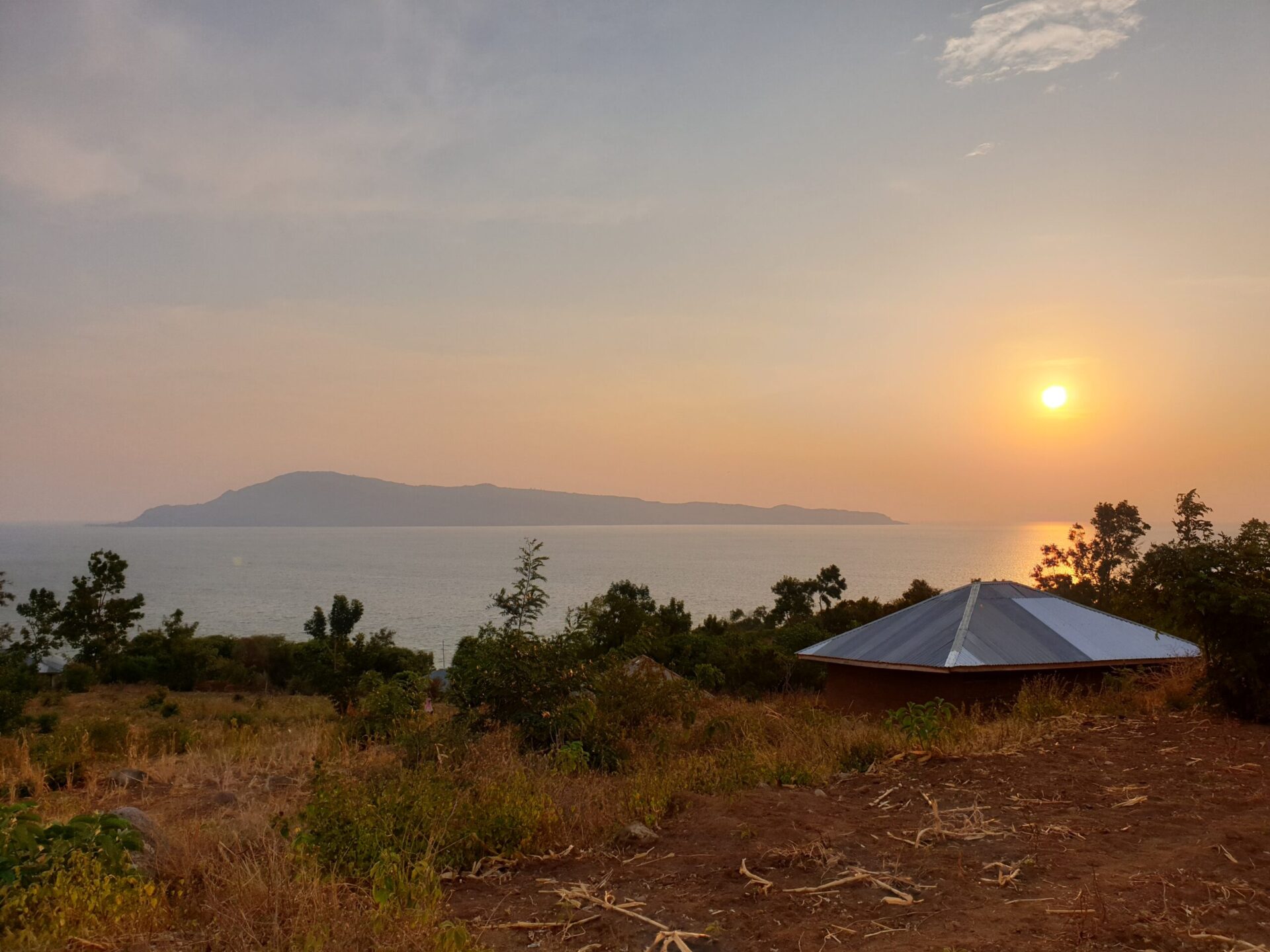
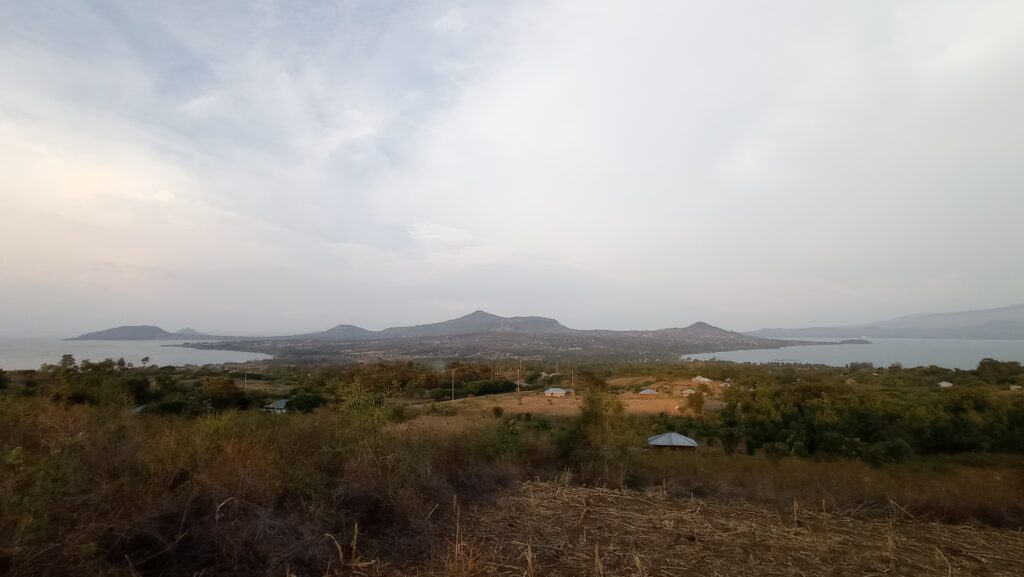

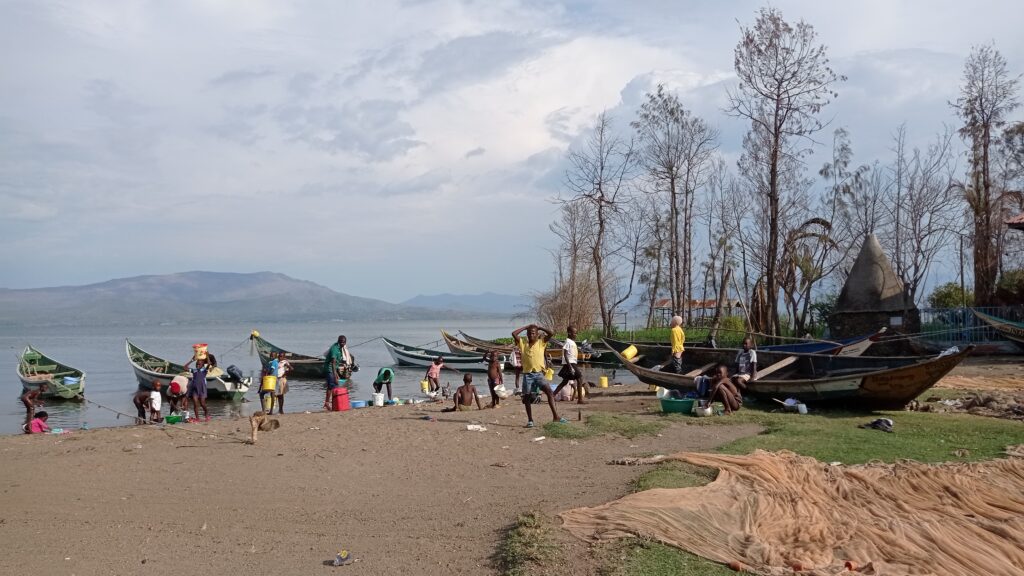
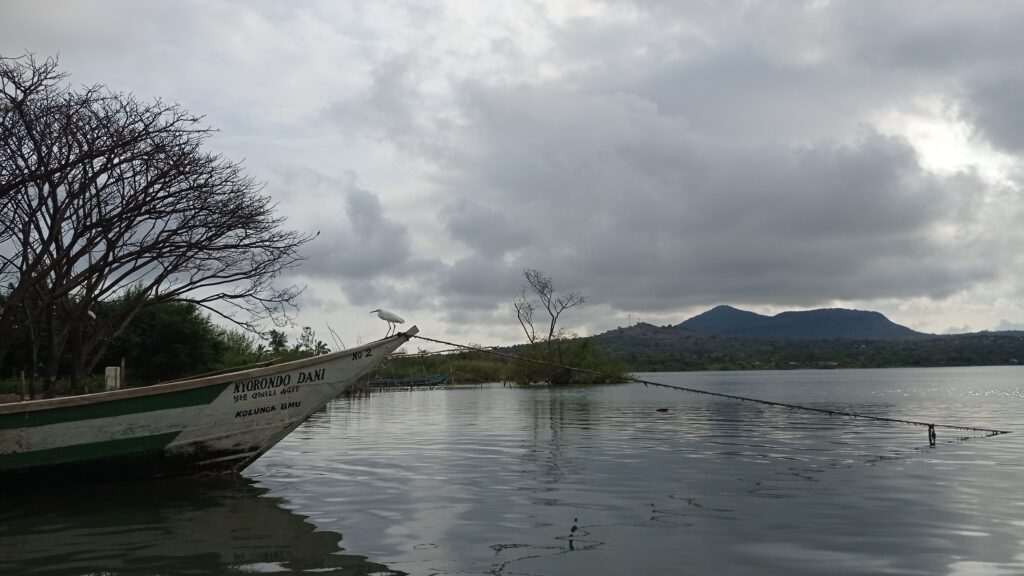
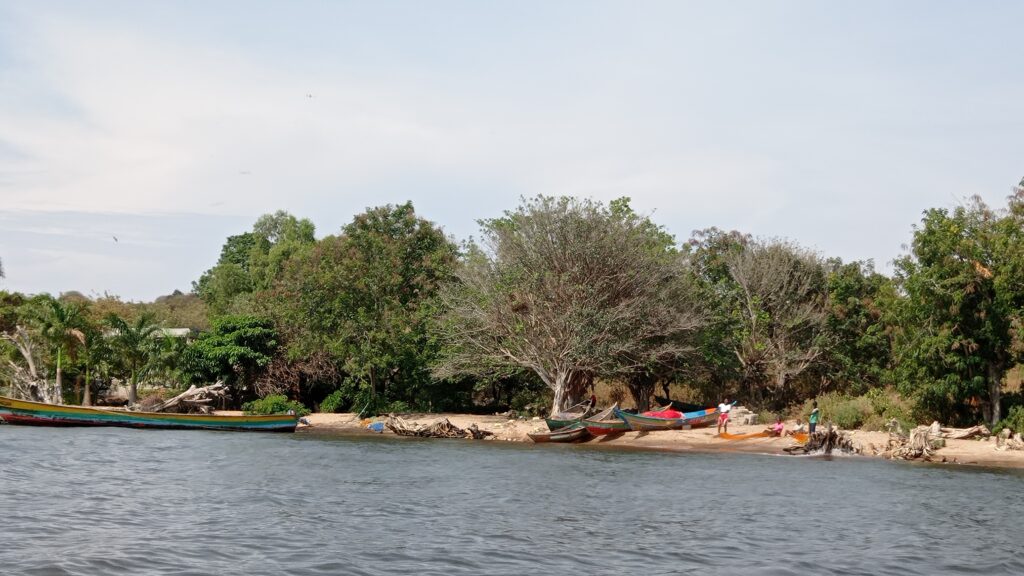
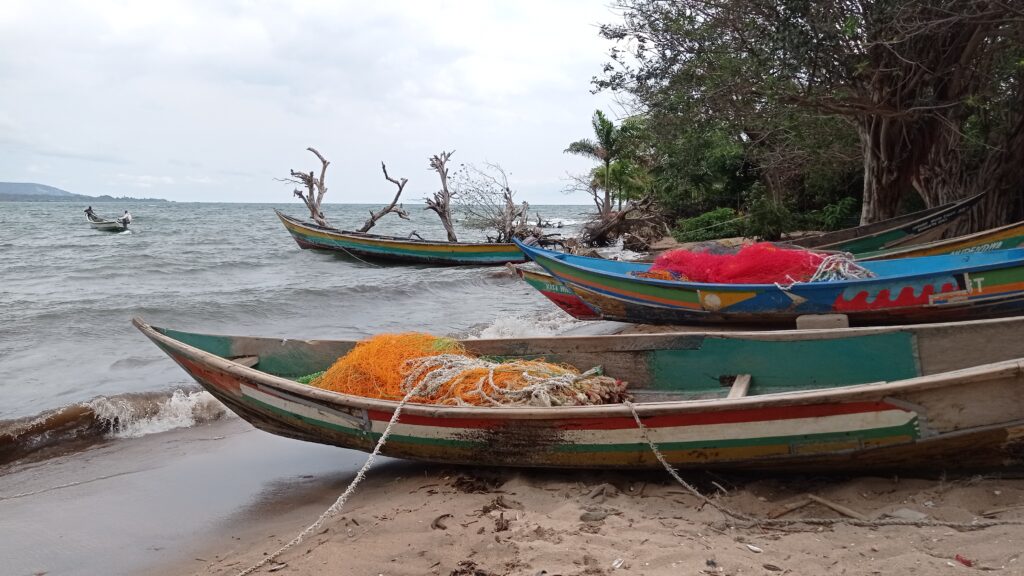
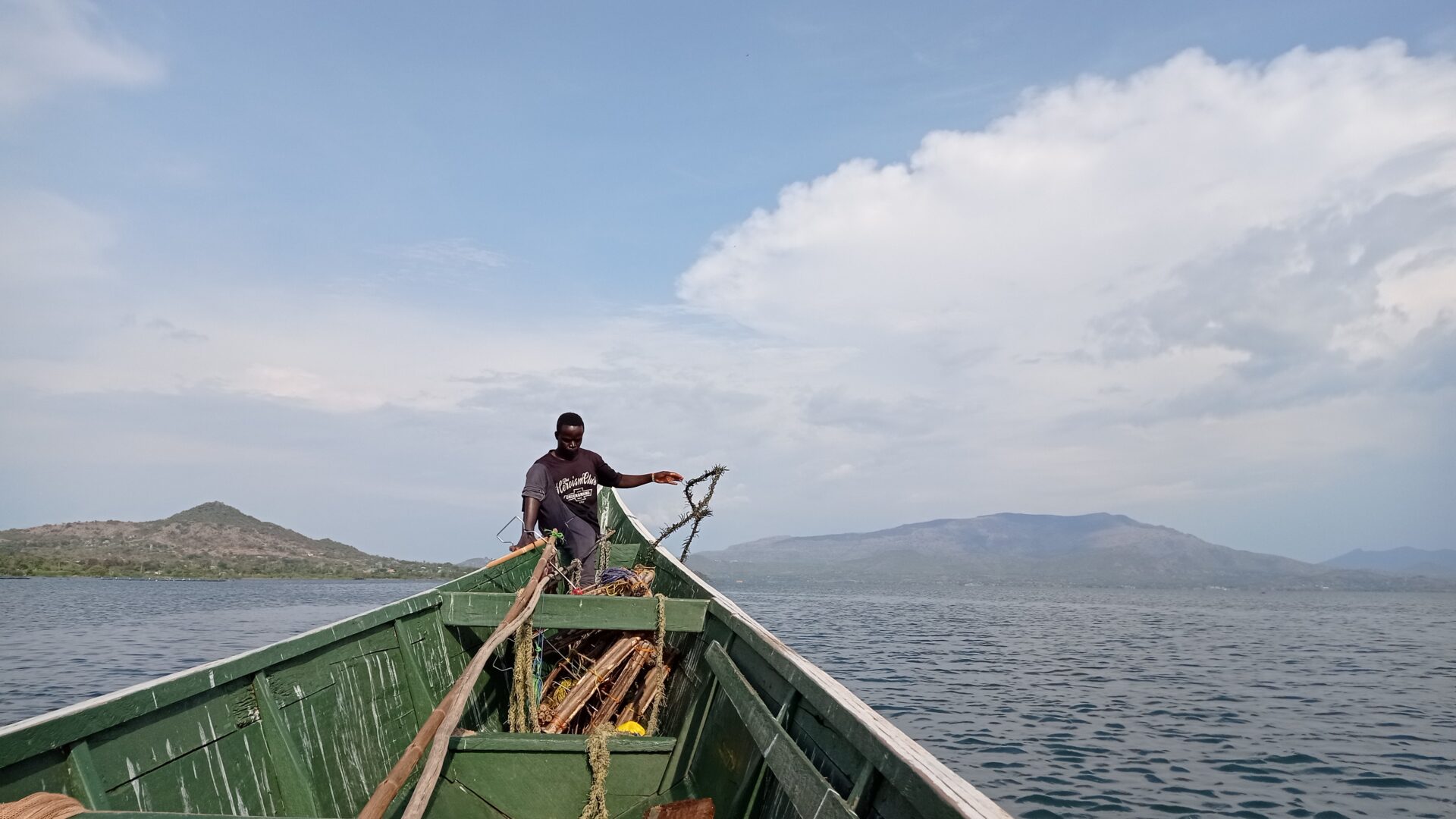
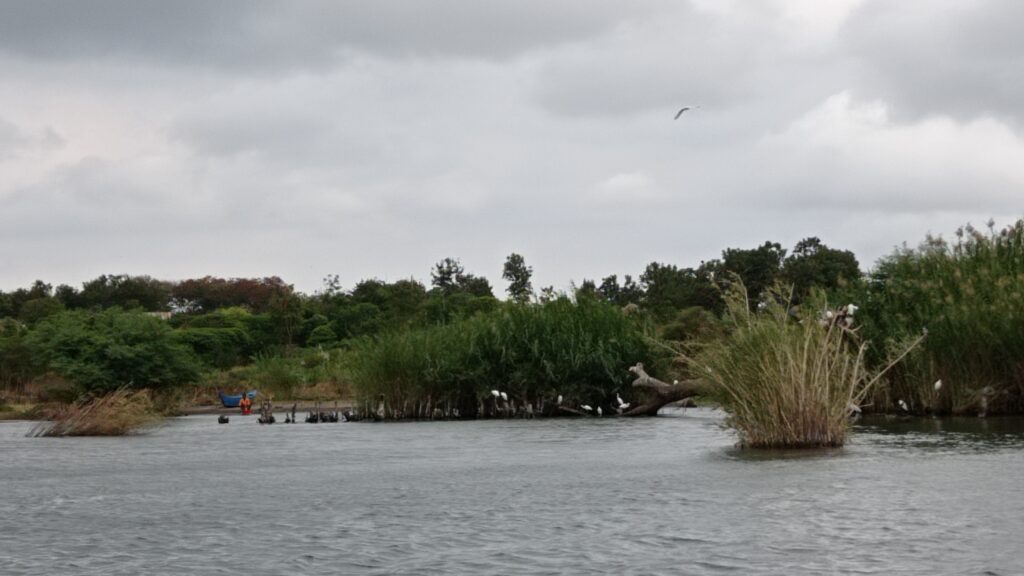
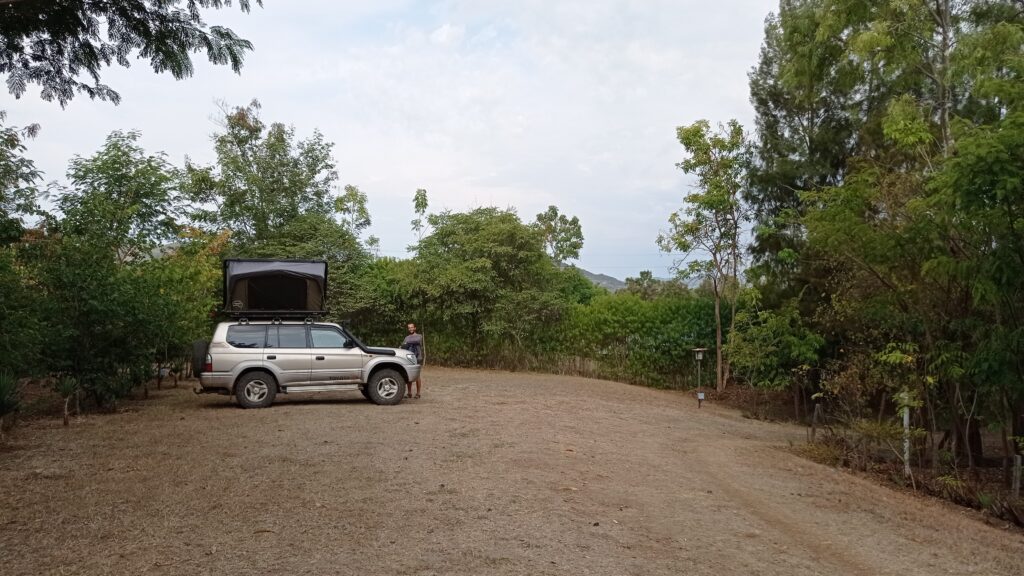
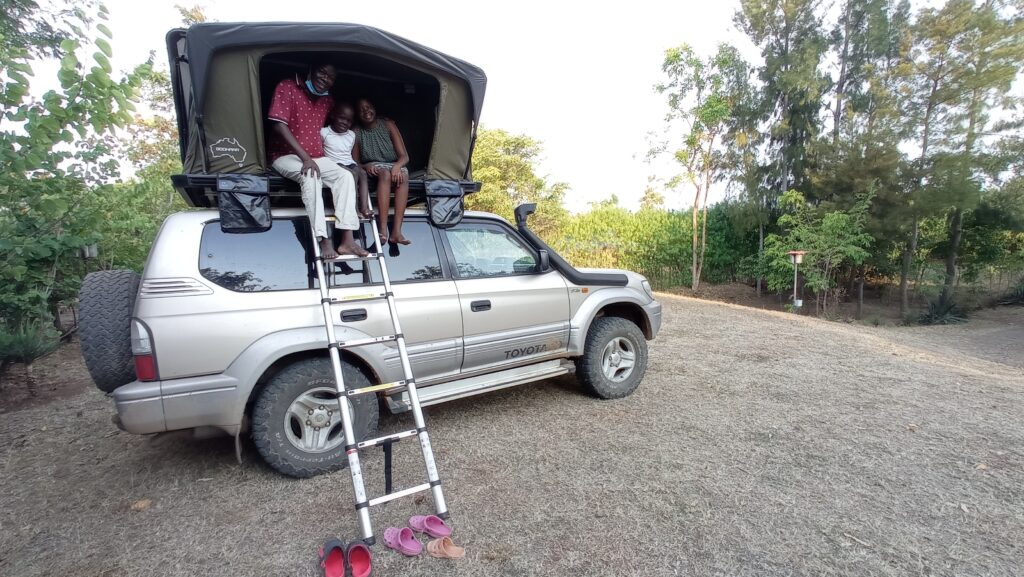

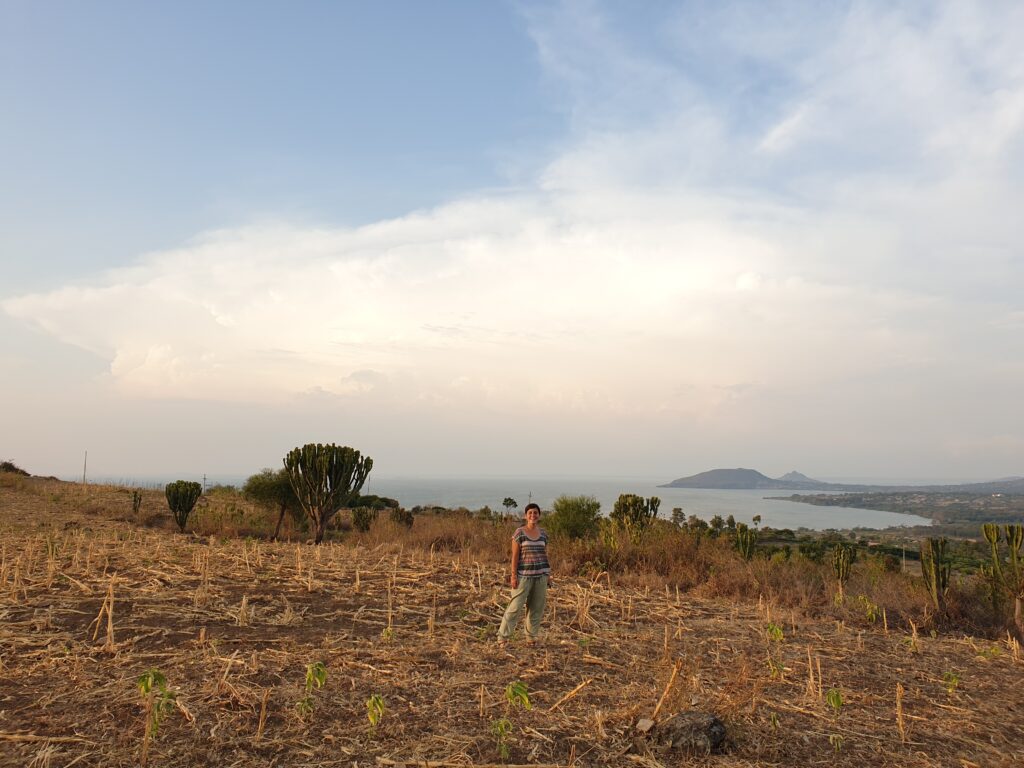
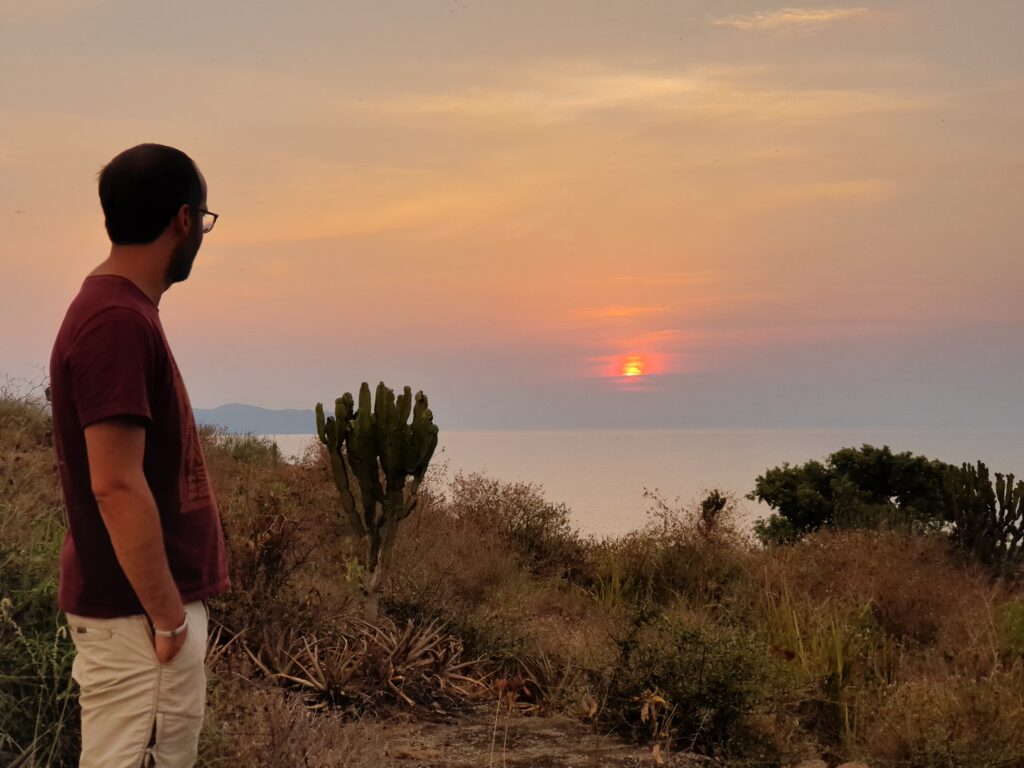
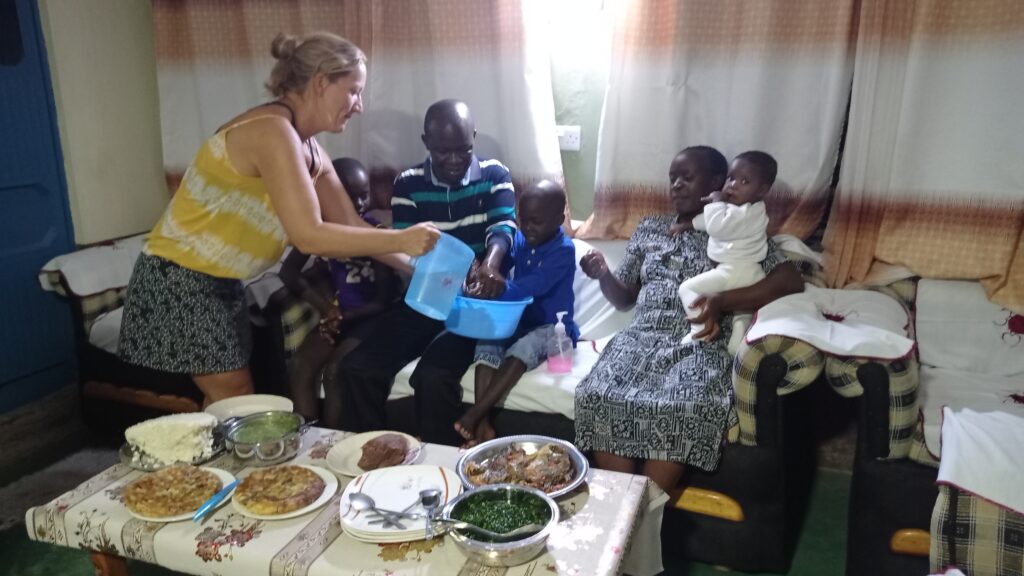
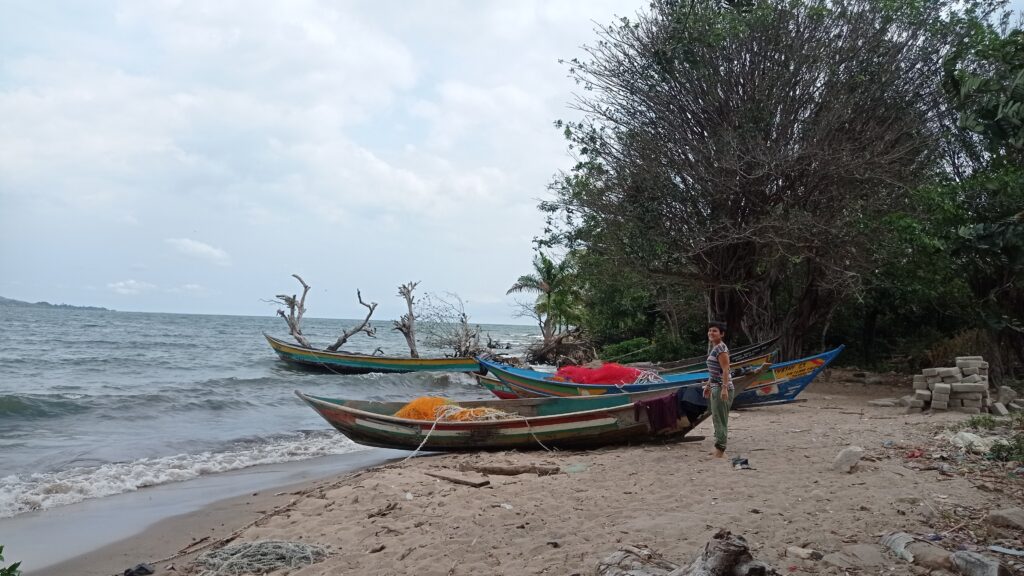
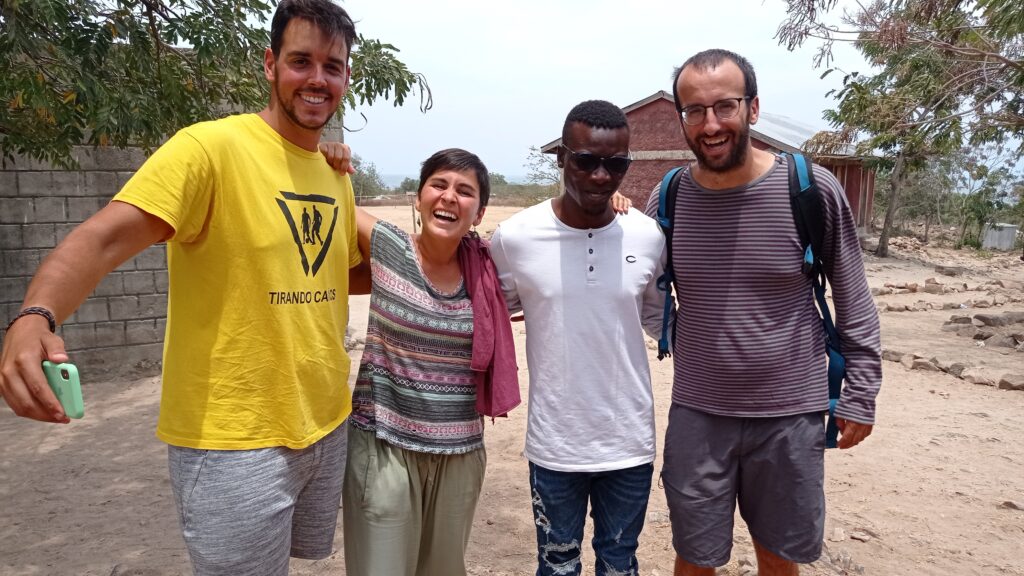
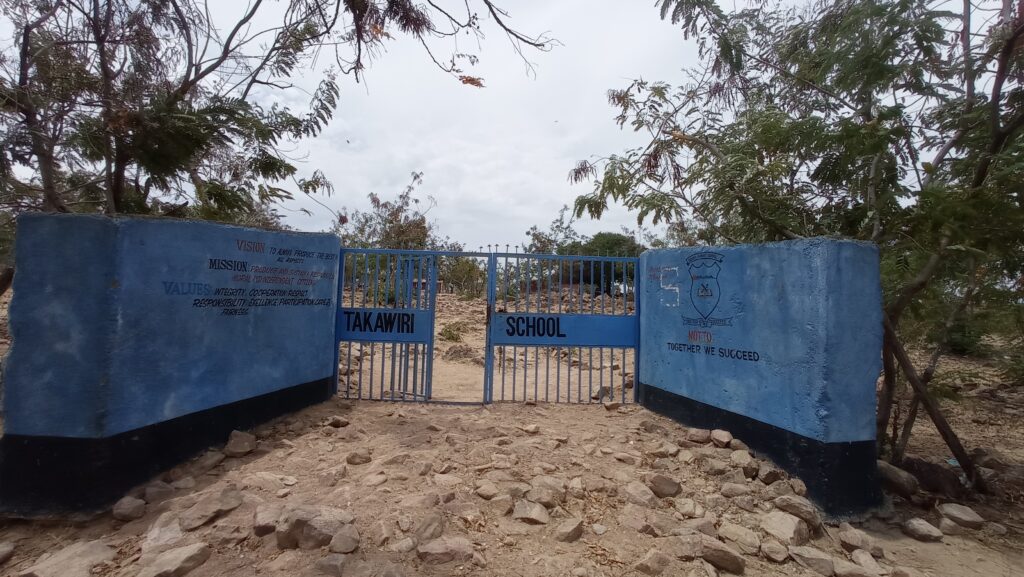

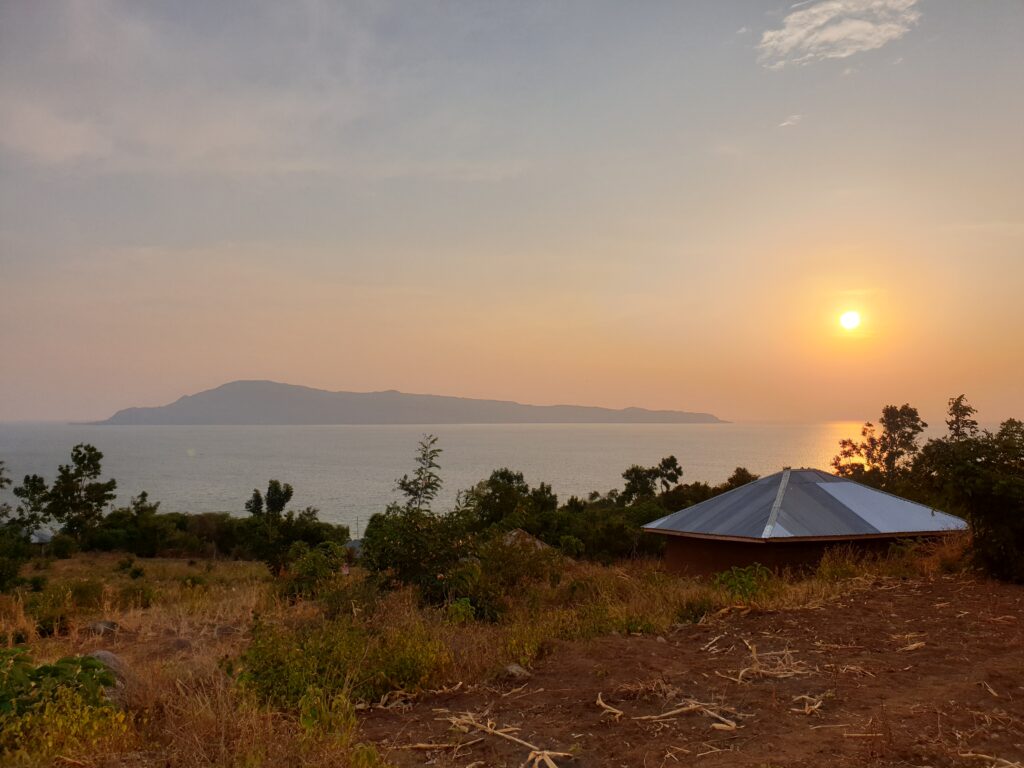
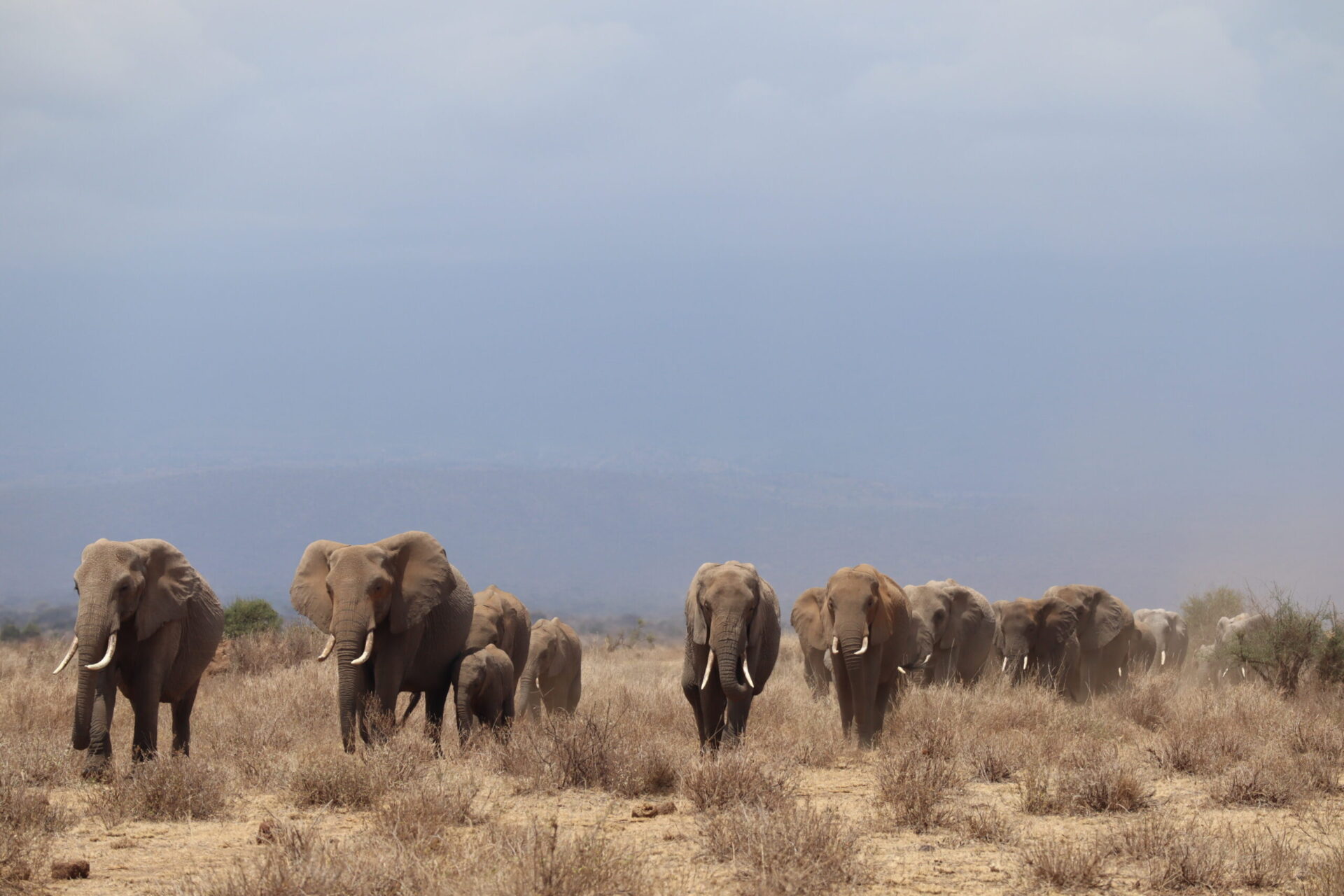

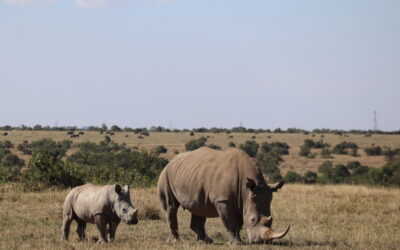
0 Comments